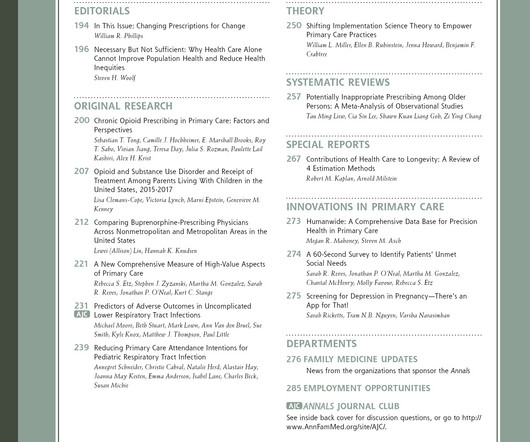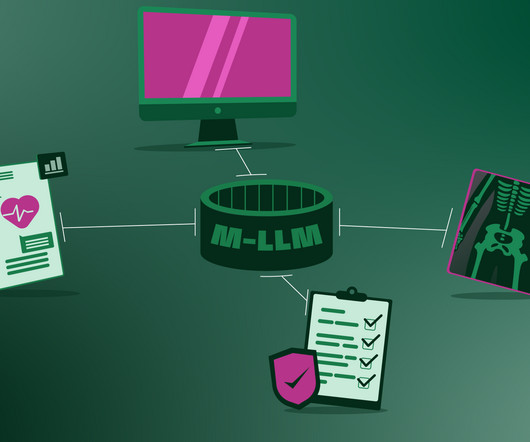Electronically-delivered PHQ9s increase engagement in patients with depression [Population health and epidemiology]
Annals of Family Medicine
NOVEMBER 20, 2024
Eligible patients had a diagnosis of MDD, but had not filled out a PHQ9 in the past 2 weeks to 6 months. Main Outcome Measures: Percentage of patients who booked a visit for mental health. Such a system, when deployed more broadly could help close care gaps and improve mental health. in the comparison regions (43.6%











Let's personalize your content